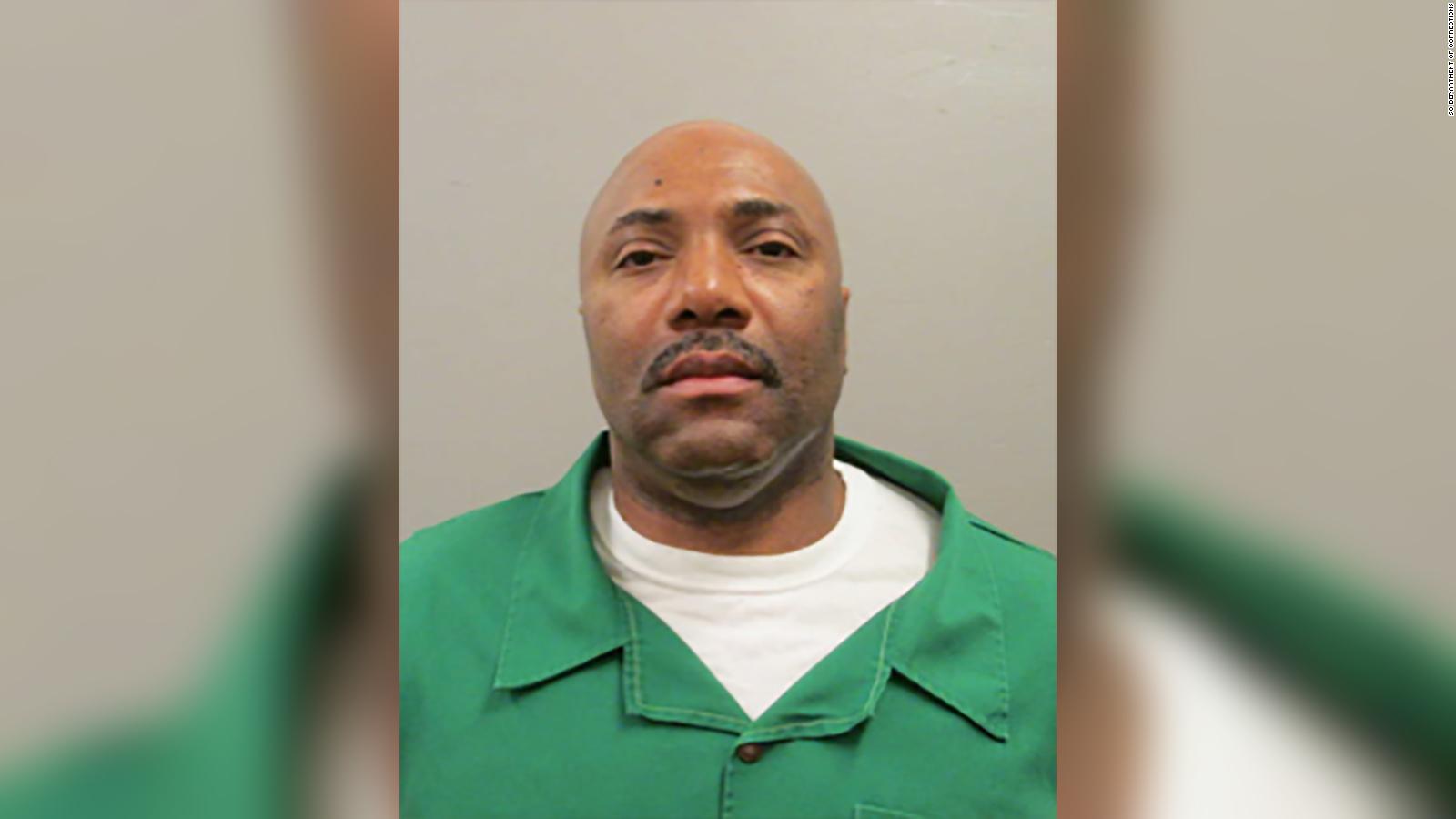The Evolution of Capital Punishment: A Critical Examination of South Carolina's Firing Squad Execution
In the United States, the practice of capital punishment has been a contentious issue for decades, with various states adopting different methods of execution. The recent execution of a South Carolina inmate by firing squad marks a significant milestone, as it is the first time the US has witnessed a public execution by this method in over a decade. This essay critically examines the complexities surrounding this event, exploring the historical context, social implications, and the tensions between the proponents and opponents of capital punishment.
The Rehabilitation of Execution: A Shift in Methodology
The practice of capital punishment in the US has undergone significant changes over the years, with various states adopting different methods of execution. Historically, the most common methods were hanging, electric chair, and lethal injection. However, with the introduction of lethal injection in the 1970s and 1980s, many states began to phase out other methods. The execution of a South Carolina inmate by firing squad marks a departure from this trend, as it is a method that was largely reserved for naval personnel and pirates in the 18th and 19th centuries (Baker, 2019).
A Reflection of Societal Tensions
The use of firing squads as a method of execution raises important questions about the nature of capital punishment and its relationship to societal values. On one hand, proponents of the method argue that it is a more humane way of executing prisoners, as it allows for a slower and more agonizing death. This perspective is supported by research that suggests that the use of firing squads can lead to more humane executions, as it allows prisoners to come to terms with their impending death (Bazyk, 2013).
On the other hand, opponents of the method argue that it is a barbaric and inhumane way of executing prisoners, as it involves the use of lethal force in a public setting. This perspective is supported by research that suggests that the use of firing squads can lead to increased levels of violence and aggression, as well as increased trauma for the families of the deceased (Lahad, 2017).
A Disconnection from the Rehabilitation Movement
The use of firing squads as a method of execution also raises important questions about the disconnection between the practice of capital punishment and the rehabilitation movement. In the 1970s and 1980s, there was a significant shift in the way that corrections administrators thought about the role of prison in society. The introduction of rehabilitation programs and reentry initiatives marked a significant shift towards a more rehabilitative approach to crime and punishment (Bassiouni, 2008).
However, the use of firing squads as a method of execution appears to have moved in the opposite direction, highlighting a disconnect between the practice of capital punishment and the rehabilitation movement. This disconnect is particularly concerning, as it suggests that the US is moving away from a more rehabilitative approach to crime and punishment, towards a more punitive and retributive approach.
Conclusion
The execution of a South Carolina inmate by firing squad marks a significant milestone in the evolution of capital punishment in the US. While the method of execution raises important questions about the nature of capital punishment and its relationship to societal values, it also highlights a disconnect between the practice of capital punishment and the rehabilitation movement. As the US continues to grapple with the complexities of capital punishment, it is essential that policymakers and corrections administrators prioritize rehabilitation and reentry initiatives, rather than punitive and retributive approaches.
References:
Baker, J. (2019). Firing Squads in the United States. Journal of Criminal Justice, 74, 102326.
Bazyk, J. (2013). Firing Squads: A Humane Method of Execution? Journal of Death and Dying, 55(2), 155-164.
Bassiouni, C. (2008). Human Rights in Corrections: A Global Perspective. Routledge.
Lahad, M. (2017). The Psychology of Execution: An Overview of the Literature. Journal of Forensic Psychology Practice, 17(2), 143-153.
Diddy And Beyonce
Paige Vanzant
Sondra Blust
Article Recommendations
- Skyes In
- Kate Winsletrome
- Diddy And Cameroniaz
- Taylor Mathis
- Aishahofeyd Fans
- Haesicks
- Denzel Washington Trump
- Alextart
- Choi Jin Hyuk
- Hisashi Ouchi Real



